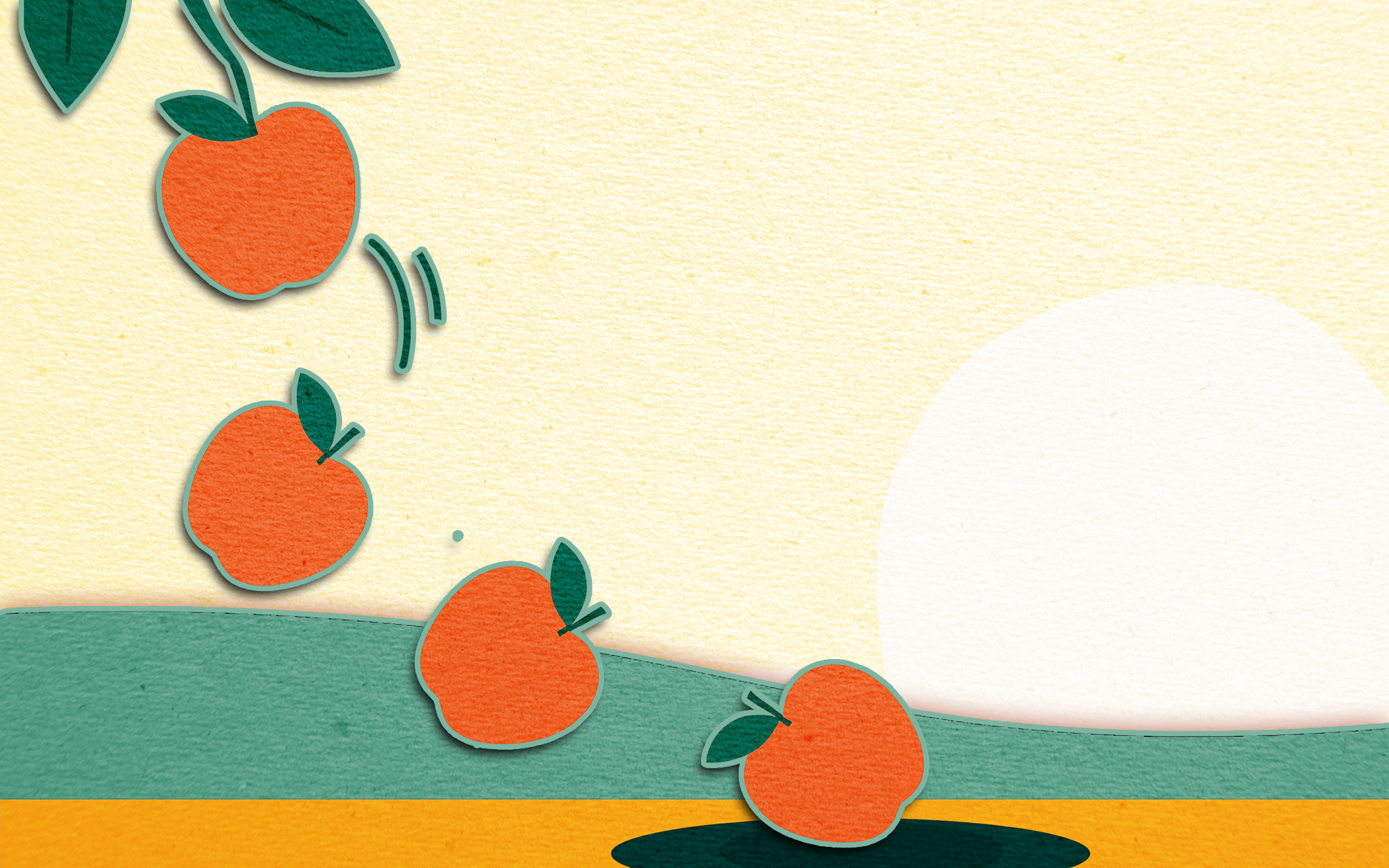Gravity is one of the most amazing forces we experience every day. But how does it work?
We all know what happens when you drop something. On Earth, gravity pulls objects down at an acceleration of 9.8 m/s². This means that every second something is falling, it gets faster by 9.8 meters (about 32 feet) per second.
Things can fall really fast, but the air around us slows them down. The air pushes back on falling objects, creating resistance. Eventually, this resistance balances out gravity, and the object reaches a speed called terminal velocity—the fastest it can fall. From that point, it keeps falling at the same steady speed.
When people jump out of an airplane, for example, they speed up until the air pushing against them equals the pull of gravity. Once they reach terminal velocity, they fall at a constant speed. When they open a parachute, the parachute catches more air, increasing resistance and slowing them down.
What’s really amazing about gravity is that it’s easy to observe and to measure, but we still don’t fully understand why it works the way it does.
Newton’s Theory
In 1687, the scientist Isaac Newton figured out that gravity is simply a force that pulls two objects toward each other, and he created equations that let us calculate this force for situations we deal with every day.
Einstein’s Theory
Albert Einstein came up with a new idea about gravity in 1915. He said gravity isn’t really a force. Instead, objects with mass bend space and time around them. The more mass an object has, the bigger the “bend” it makes.
Think of four people holding a sheet tightly by its corners. If you put a bowling ball on the sheet, it will make a big dip. A smaller object, like a marble, will roll toward the bowling ball when placed on the sheet. Einstein said this is how gravity works: massive objects like planets bend space, and smaller objects move toward them.
Even though these theories explain a lot about gravity, scientists know they aren’t the whole story. They’re working on quantum theories of gravity to figure out how gravity works at the tiniest levels, where Newton’s and Einstein’s ideas don’t fit.
Does all this sound a little confusing? You’re not alone!
Even though we don’t fully understand why gravity works, we can always count on it to be there. Gravity is predictable, measurable, and reliable.
This reminds me of faith. I don’t always understand why things happen in my life, and I often wonder what the bigger plan is. But I trust that God has a plan and that, like gravity, God is always present, even when I don’t have all the answers.
So trust gravity—it never lets you down. And more importantly, trust God, who keeps everything in balance.
About the Author
Clayton Lubbers teaches science at Byron Center Christian School and has been teaching for over 25 years. He loves the outdoors and commonly meets and sees God while hunting, fishing, and exploring creation.









